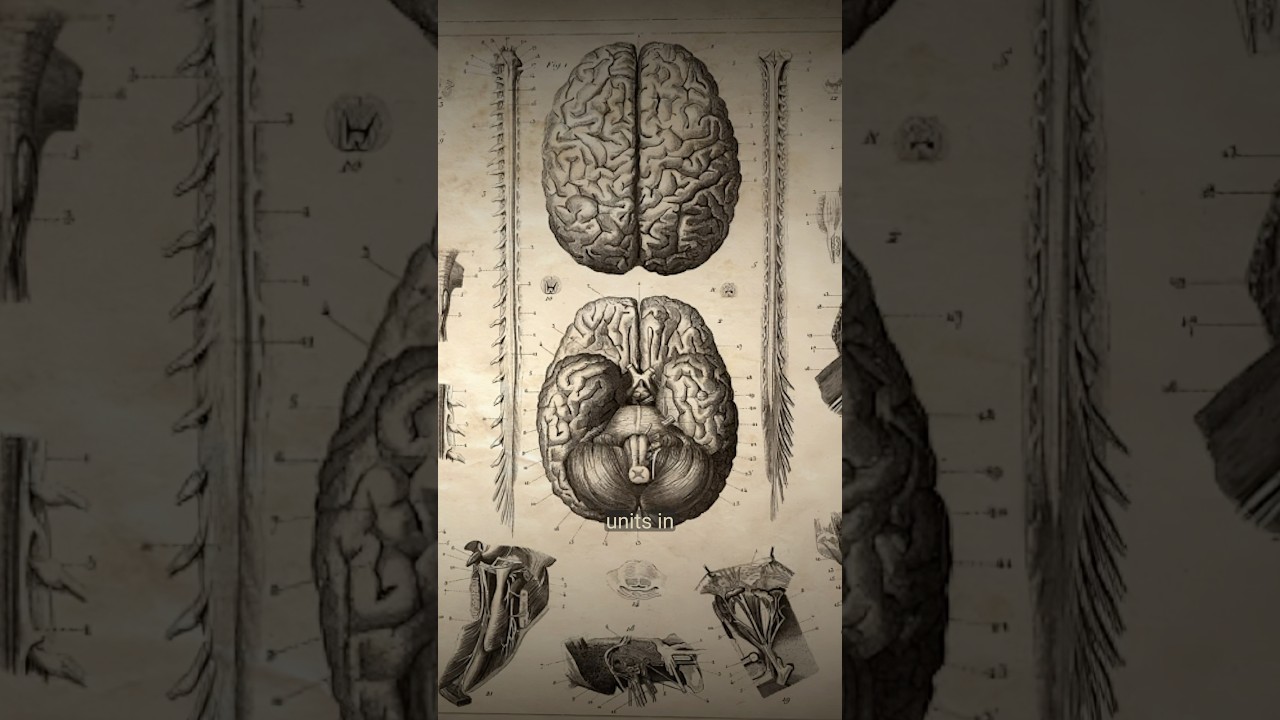In the video, Francois Chollet explores the concept of fundamental cognitive units, emphasizing that fuzzy pattern cognition is central to human thought processes, allowing for flexible interpretation of complex environments. He contrasts this intuitive approach with structured reasoning, highlighting the interplay between the two and cautioning against the risks of unguarded pattern matching that can distort perceptions of reality.
In the video, Francois Chollet discusses the concept of fundamental cognitive units in the human brain, proposing that fuzzy pattern cognition is at the core of human thought processes. He emphasizes that our cognitive abilities are primarily based on recognizing and interpreting patterns in a flexible and nuanced manner. This form of cognition allows individuals to navigate complex environments and make sense of the world around them.
Chollet contrasts fuzzy pattern cognition with more structured forms of reasoning and planning, which he refers to as system 2 processing. This type of cognitive activity involves a more deliberate and logical approach, where individuals engage in step-by-step reasoning. However, he argues that even during this structured reasoning, individuals are essentially iterating on their intuitive understanding, refining their thoughts and ideas through a process of educated guessing.
The video highlights the importance of intuition in cognitive processes, suggesting that intuition serves as a foundational element that guides more formal reasoning. Chollet points out that when individuals engage in structured reasoning, they are not completely detached from their intuitive insights; rather, they are using these insights to create more organized and symbolic representations of their thoughts.
Chollet also warns against the dangers of unguarded pattern matching, which can lead to hallucinations or distorted perceptions of reality. He draws a parallel between this unstructured cognitive activity and the experiences one might have during dreaming, where the mind generates vivid imagery and scenarios without the constraints of logical reasoning. This comparison underscores the need for a balance between intuitive and structured thinking.
In conclusion, the video presents a nuanced view of human cognition, emphasizing the interplay between fuzzy pattern recognition and structured reasoning. Chollet advocates for an understanding of cognitive processes that acknowledges the role of intuition while also recognizing the importance of logical frameworks in shaping our thoughts and actions. This perspective has implications for fields such as artificial intelligence, where mimicking human cognitive processes can lead to more effective and adaptable systems.
